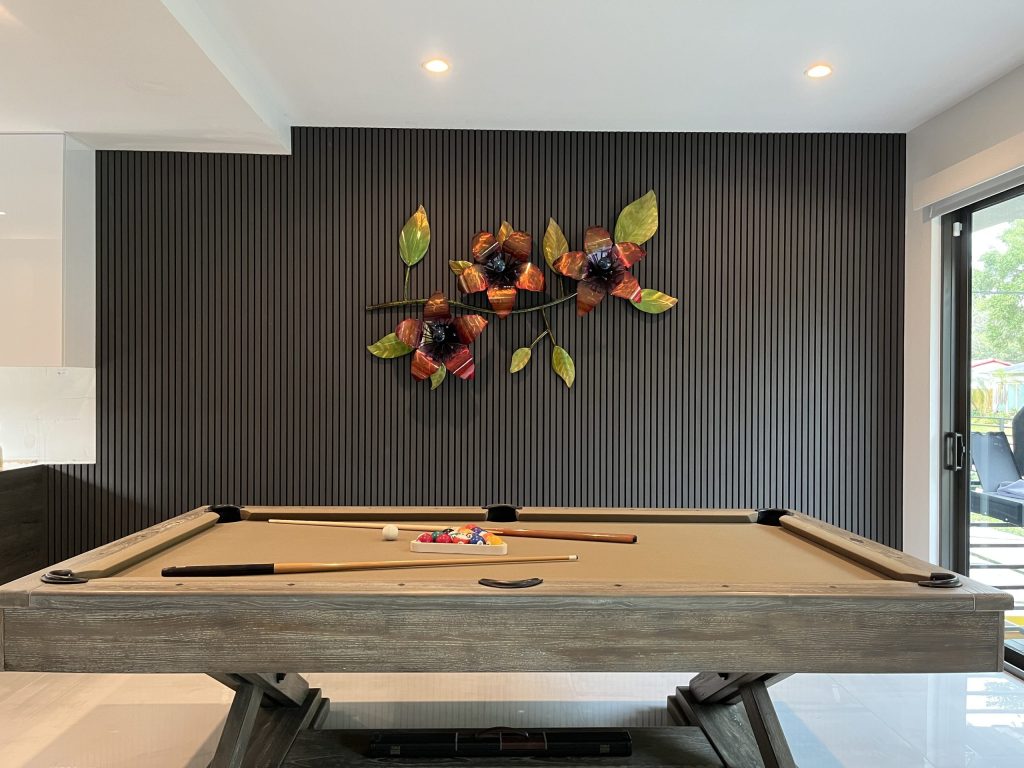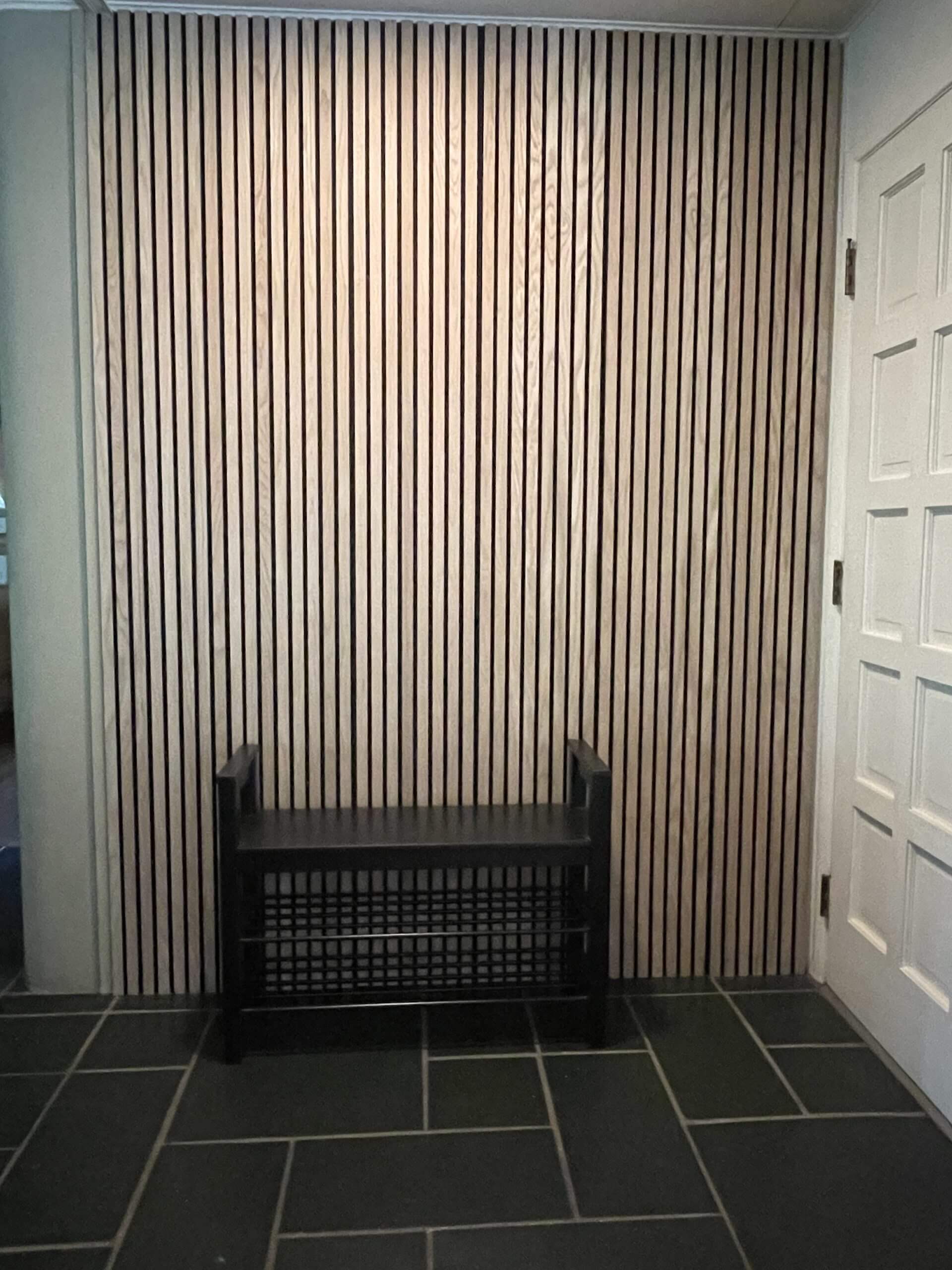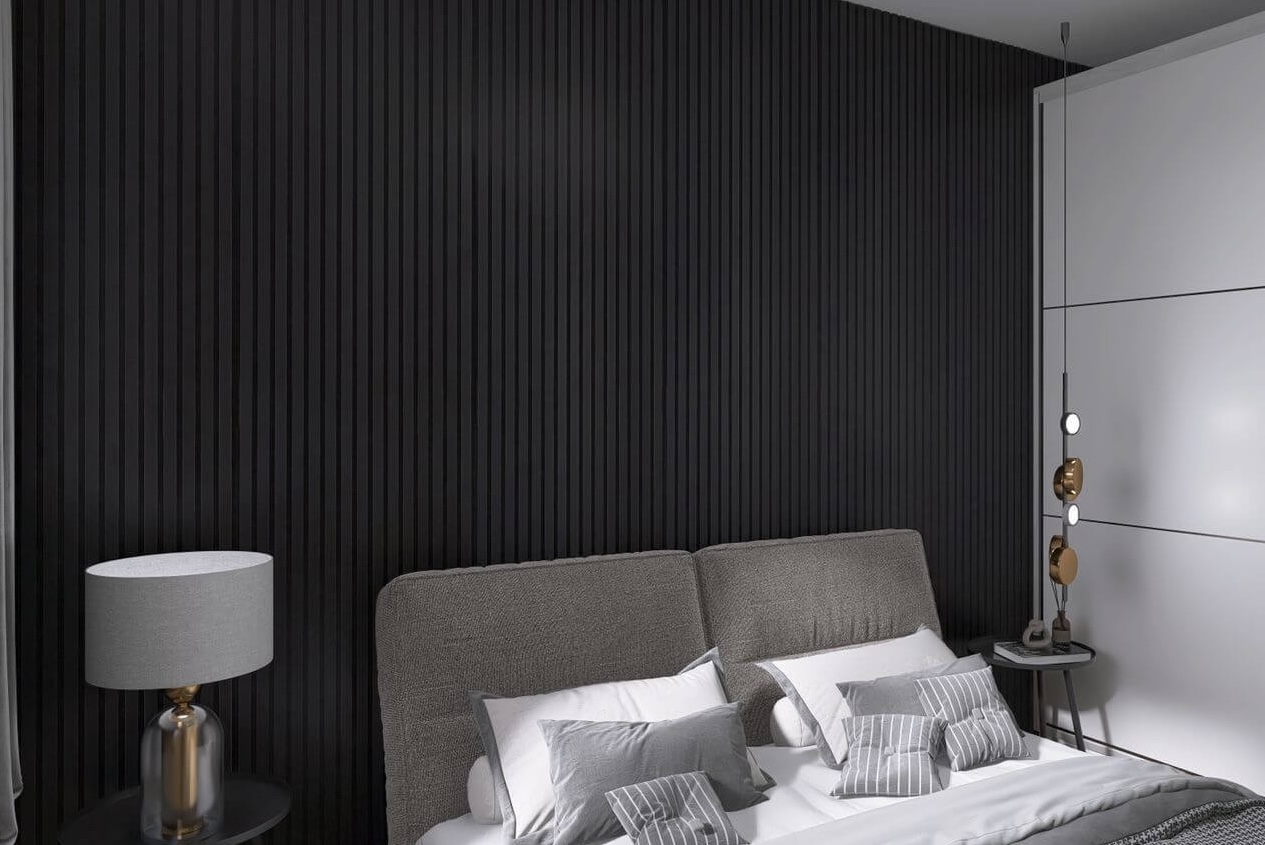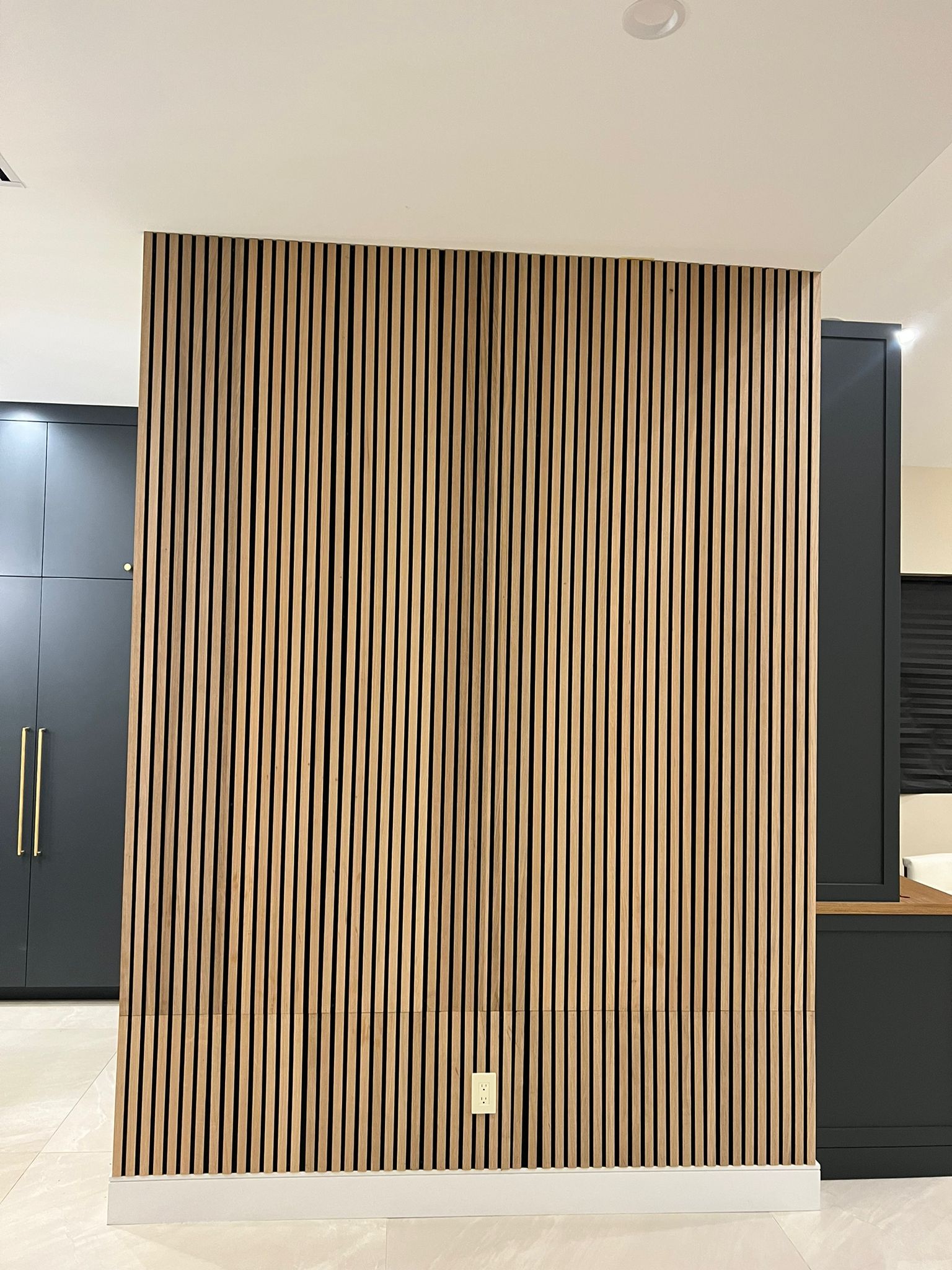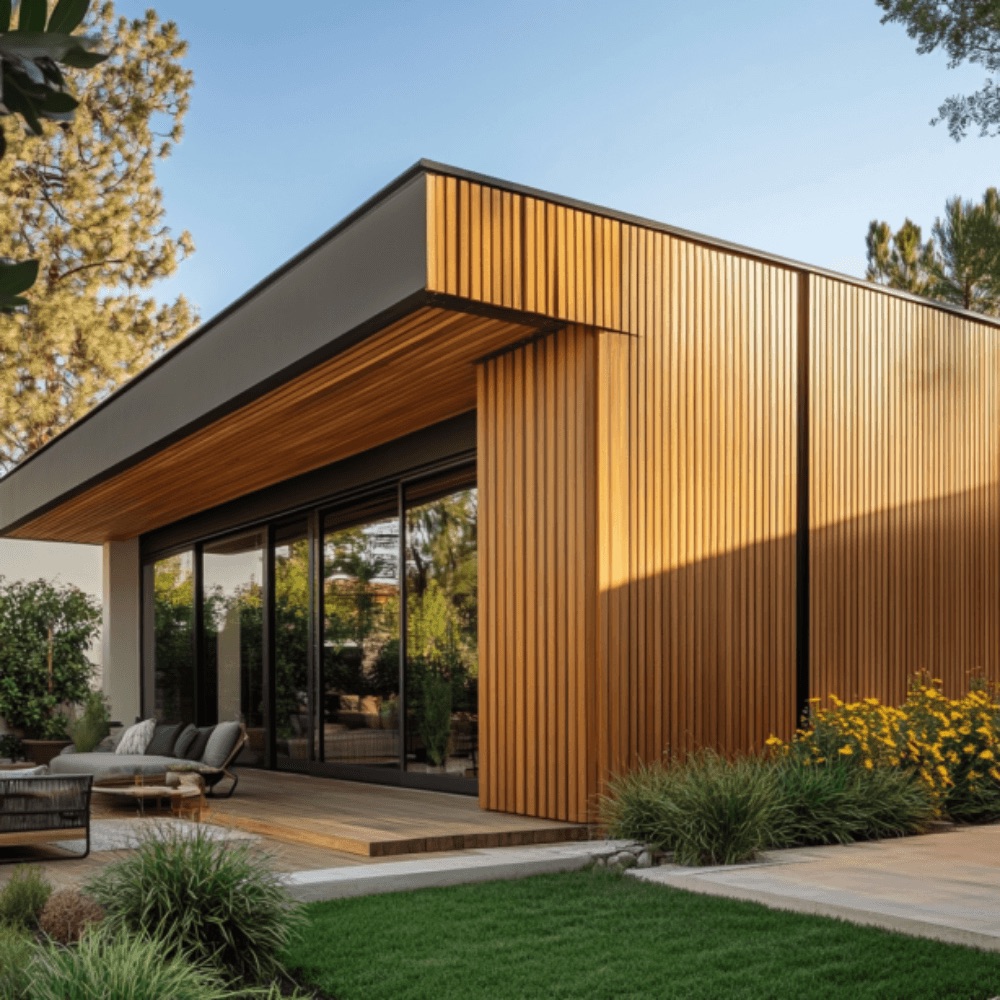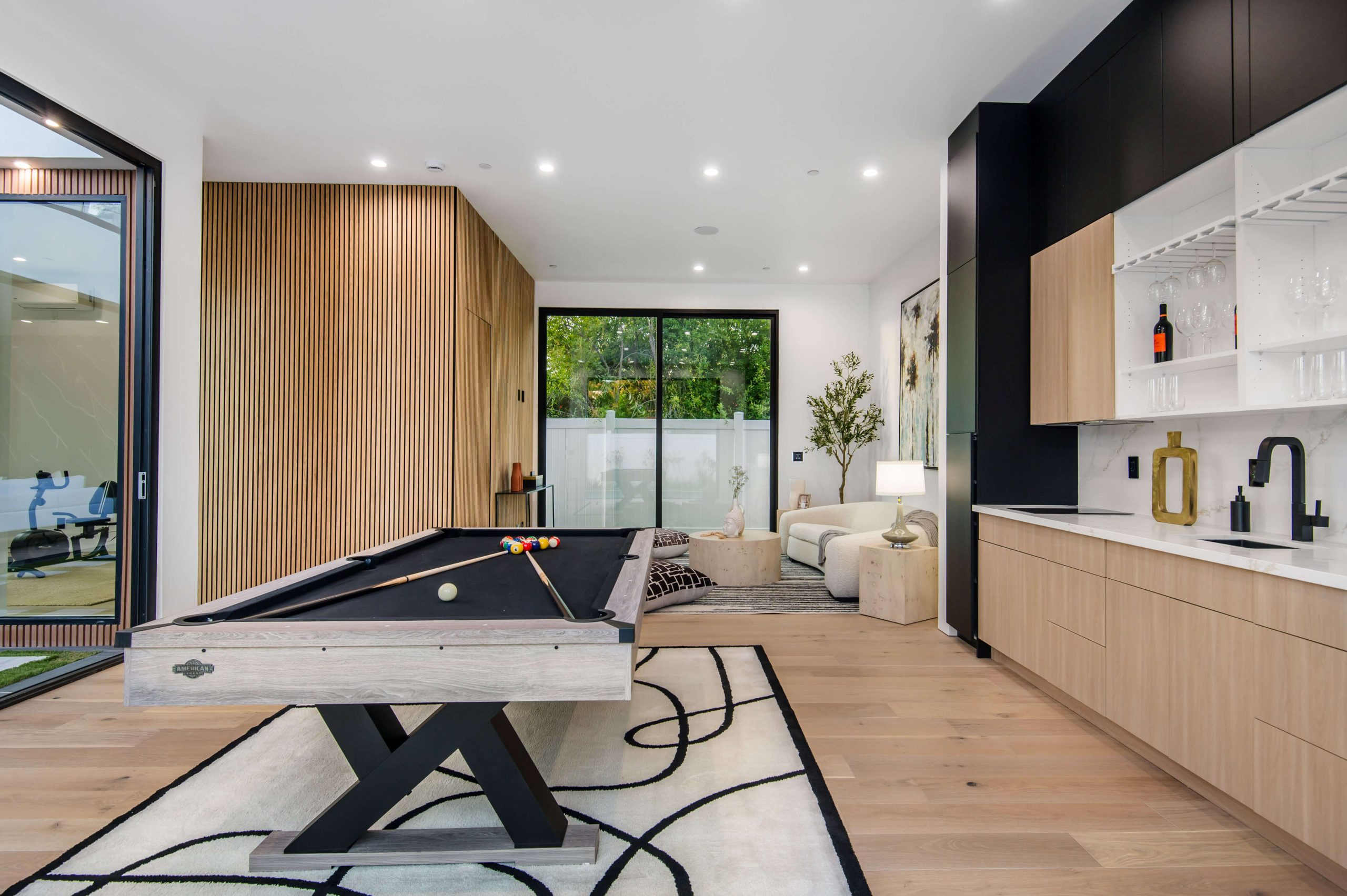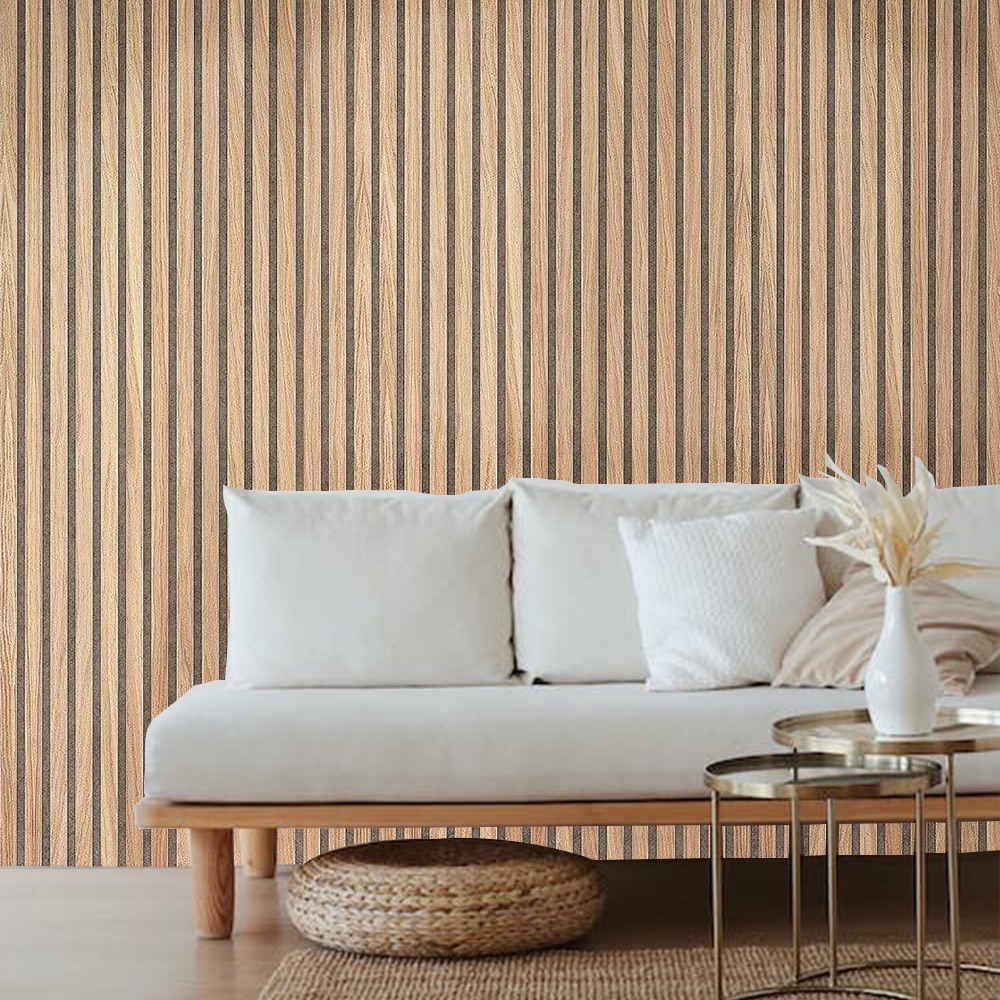When it comes to interior wall finishes, wood paneling vs. drywall can be challenging. Both materials have distinct advantages, particularly when it comes to cost, durability, and aesthetic appeal. In this blog, we’ll take an in-depth look at the cost differences between wood paneling and drywall, exploring factors such as installation, maintenance, and overall value. Understanding these aspects will help you make an informed decision for your next project.
What Is the Difference Between Wood Paneling and Drywall?
Wood paneling and drywall serve similar purposes but differ in their composition, style, and cost. Wood paneling is a decorative treatment made from solid wood or engineered wood products, bringing a natural, warm aesthetic to interiors. On the other hand, drywall, commonly made from gypsum, provides a smooth, paintable surface for walls. But how do these materials compare when it comes to installation costs and long-term affordability?
Installation Costs: Wood Paneling vs. Drywall
One of the first aspects to consider in a cost comparison is the initial installation. Drywall installation is typically more affordable upfront due to its wide availability and relatively quick setup process. Installing drywall involves hanging the sheets, taping the seams, and applying a finishing coat, which can be done by professionals at a lower cost than wood paneling.
However, installing wood paneling tends to be more labor-intensive and time-consuming, especially if you opt for high-end materials like natural oak or custom designs. The intricacy of fitting and securing wood panels adds to the overall installation expense.
- Drywall Cost: Installation costs generally range from $1 to $3 per square foot, depending on labor costs in your area.
- Wood Paneling Cost: Installation of wood paneling can cost between $5 and $10 per square foot, with luxury materials increasing the price further.
Long-Term Durability and Maintenance
While drywall may have a lower initial cost, it requires regular maintenance. Drywall is prone to damage from moisture, dents, and cracks, which can lead to frequent repairs. These repair costs can accumulate over time, particularly in high-traffic areas or in homes prone to humidity issues.
Wood paneling, especially high-quality products like those offered by Wood Panel Wall USA, tends to be more durable and less susceptible to minor damage. With proper care, wood paneling can last for decades, making it a more cost-effective solution in the long run. Additionally, wood paneling provides the added benefit of superior sound absorption, an important factor in homes or offices seeking a quieter environment.
- Drywall Maintenance: Regular painting and occasional patching are required, with maintenance costs averaging $1-$2 per square foot annually.
- Wood Paneling Maintenance: Wood paneling needs periodic polishing or refinishing but typically incurs lower maintenance costs over time, especially with premium materials that resist wear and tear.
Aesthetic Appeal and Property Value
One of the most significant advantages of wood paneling is its timeless aesthetic appeal. Homes featuring wood panels exude warmth, character, and elegance, which can enhance the overall value of the property. Wood panels offer unique textures and designs that drywall simply cannot replicate, making them an attractive choice for homeowners and interior designers alike.
Drywall, while versatile and easy to paint, lacks the natural beauty and depth that wood panels provide. For those looking to elevate the style of their home or commercial space, wood paneling is often considered a premium option that contributes to long-term property value.
- Drywall Aesthetic: Offers a clean, modern look but lacks the dimensionality of wood.
- Wood Paneling Aesthetic: Offers warmth, texture, and elegance, significantly enhancing the overall ambiance.
Energy Efficiency: Wood Paneling vs. Drywall
Energy efficiency is another important factor when comparing wood paneling and drywall. Wood has natural insulating properties, making it a better choice for energy-conscious homeowners. Wood paneling helps retain heat during the colder months, reducing energy bills. Drywall, while not inherently insulating, can be combined with insulation materials to achieve a similar effect, although at an additional cost.
- Drywall Insulation: Requires separate insulation, increasing the overall project cost.
- Wood Paneling Insulation: Naturally insulative, contributing to better energy efficiency.
Environmental Impact and Sustainability
For eco-conscious homeowners, the environmental impact of building materials is an important consideration. Wood Panel Wall USA emphasizes sustainable practices, offering wood paneling sourced from responsible forests. Wood is a renewable resource, and when harvested responsibly, it provides a sustainable option for interior design. Drywall production, on the other hand, involves energy-intensive processes and contributes more significantly to carbon emissions.
- Drywall Impact: Higher carbon footprint due to gypsum production and processing.
- Wood Paneling Impact: Lower environmental impact, especially with sustainably sourced materials like those from Wood Panel Wall USA.
Which Is More Affordable? Wood Paneling or Drywall?
When comparing the overall affordability of wood paneling and drywall, the answer largely depends on your long-term goals and preferences. While drywall is cheaper to install, its lower durability and higher maintenance costs can make it more expensive over time. On the other hand, wood paneling, although more expensive upfront, offers durability, energy efficiency, and aesthetic value that often outweighs the initial cost.
If you’re looking for a short-term solution or a budget-friendly option, drywall may be the way to go. However, if you’re interested in long-term value, low maintenance, and a more sophisticated look, wood paneling, especially premium products from companies like Wood Panel Wall USA, is the better investment.
FAQs
-
Is wood paneling more expensive than drywall?
Yes, wood paneling is typically more expensive upfront, but its long-term durability and aesthetic appeal often make it a better investment compared to drywall.
-
Can I install wood paneling myself?
While DIY installation is possible, professional installation is recommended for best results, especially with high-end materials like natural wood.
-
How does wood paneling improve energy efficiency?
Wood paneling has natural insulating properties, which can help maintain indoor temperatures and reduce energy costs.
-
Does wood paneling require more maintenance than drywall?
Wood paneling generally requires less frequent maintenance, such as occasional refinishing, whereas drywall may need regular painting and patching.
-
Is wood paneling a sustainable choice?
Yes, wood paneling, especially when sourced from sustainable forests, is an eco-friendly choice compared to the more energy-intensive production of drywall.

